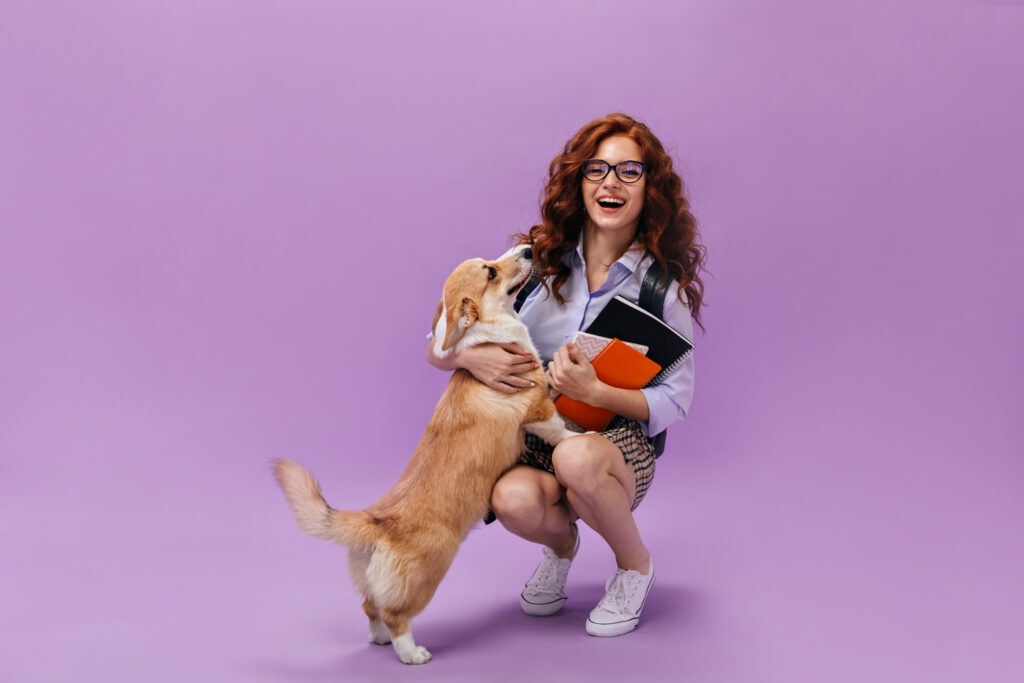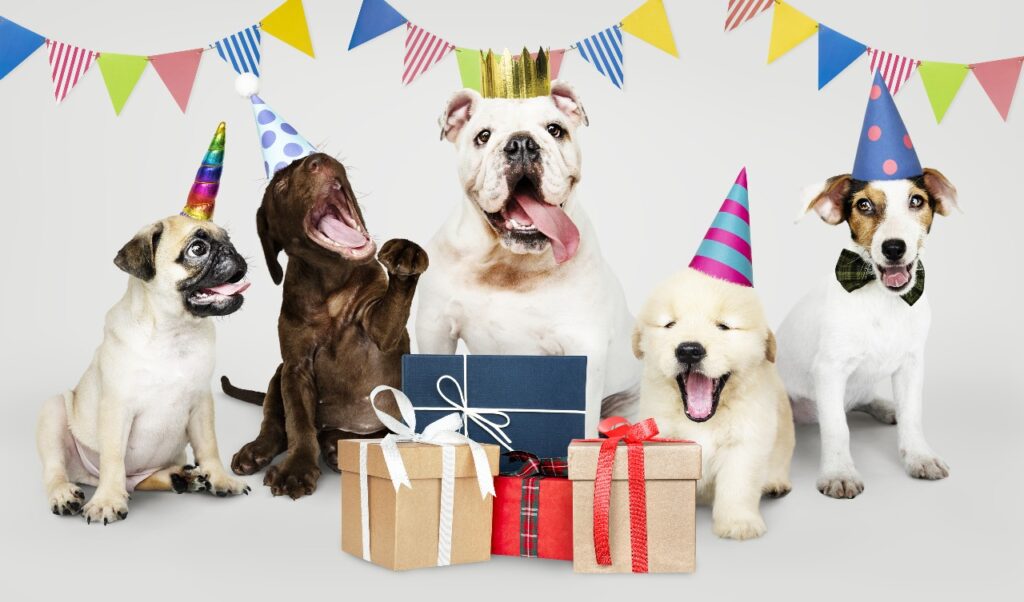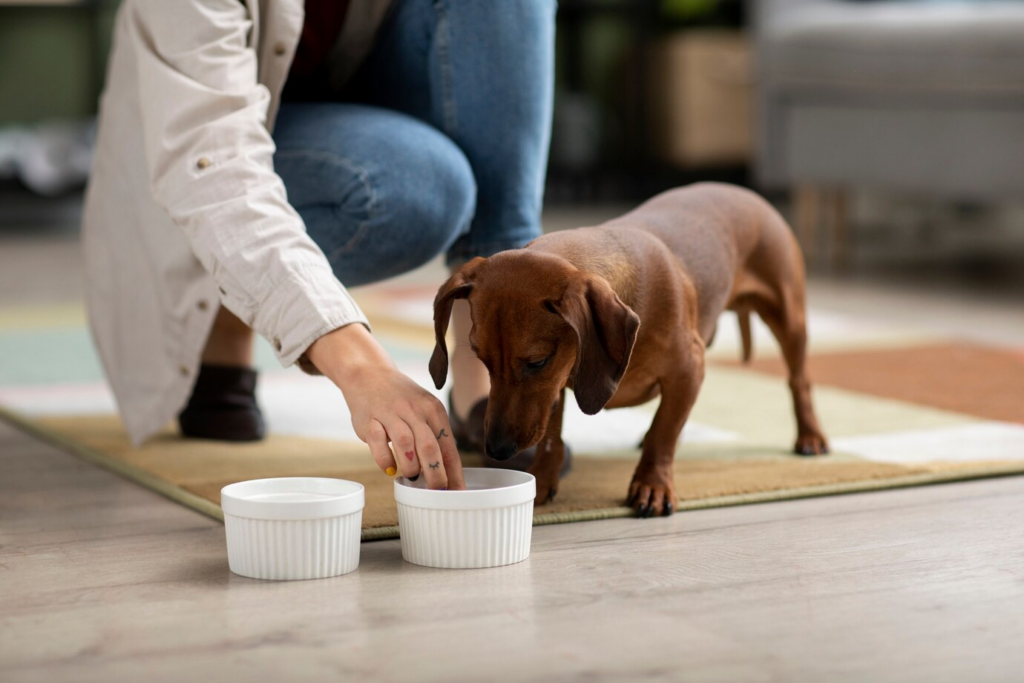
If you’re struggling with anxiety, depression, or another mental health condition, an emotional support animal (ESA) might help you cope. ESAs provide comfort and emotional support, which can ease symptoms and improve overall well-being. But before your pet can officially become an ESA, you’ll need a legitimate ESA letter from a licensed mental health professional. Talking to your therapist about this can feel intimidating, but with the right approach, the conversation can be productive and supportive.
Understand What an ESA Letter Is
An emotional support animal letter is a document written by a licensed therapist, psychologist, or psychiatrist stating that you have a mental or emotional disability and that your animal helps alleviate some of the symptoms. This letter gives you certain legal protections, especially in housing under the Fair Housing Act, where landlords must make reasonable accommodations for your ESA.
Prepare Before the Conversation

Before bringing it up with your therapist, reflect on why you believe an ESA would benefit you. Think about specific ways your pet supports your mental health—do they help calm your anxiety attacks, encourage you to get out of bed, or make you feel less lonely? Be ready to share personal experiences that highlight the emotional support your pet provides.
Also, familiarize yourself with ESA laws and qualifications. ESA letters are not given out casually; your therapist must determine that you meet the criteria for needing one. Being informed shows that you’re taking this seriously and respect their professional judgment.
How to Start the Conversation
It’s best to bring up the topic during a regular session when there’s enough time for discussion. You might say something like:
“I’ve been reading about emotional support animals and how they can help people with anxiety. I think my dog really helps me stay grounded during tough moments. I’d like to talk to you about whether getting an ESA letter would be appropriate for me.”
This kind of honest and non-demanding approach helps create an open dialogue. Avoid making the conversation transactional (e.g., “Can you write me a letter?”) and instead focus on your mental health needs.
Be Open to Feedback

Your therapist may have questions, or they may want to evaluate your situation further before making a decision. That’s a normal part of the process. Remember, they are ethically and legally required to assess your need for an ESA based on your mental health history and current condition.
If they believe an ESA could benefit your treatment plan, they may agree to write the letter or refer you to someone who can. However, if they feel it’s not appropriate, be open to discussing other therapeutic options that might work better for you.
Read more: Signs That You Need an Emotional Support Animal
What to Do If Your Therapist Can’t Provide a Letter
Some therapists, especially those affiliated with larger clinics or institutions, may have policies against writing ESA letters. If that’s the case, ask if they can refer you to a licensed professional who can assess your needs independently.
Final Thoughts
Talking to your therapist about getting an ESA letter can feel vulnerable, but it’s an important step toward advocating for your mental health. Approach the conversation with honesty, preparation, and respect. If your therapist agrees that an ESA could benefit you, the resulting support can be a meaningful addition to your healing journey.
Do you own an assistance animal? Register your pet today.
The Service Animal Registry of California invites you to have your assistance animal registered in order to designate its status. We also encourage you to take our online classes so you can be fully aware of your rights and gain more knowledge about your support animal.
Finally, we present to you our book entitled, “ASSISTANCE ANIMAL LAWS: LEARN YOUR RIGHTS REGARDING SERVICE ANIMALS, EMOTIONAL SUPPORT ANIMALS, THERAPY PETS, AND OTHER DOGS, CATS, AND ASSISTANCE ANIMALS” to provide you with a complete education on assistance animals.
Purchase your copy of the book by clicking the image below.


























